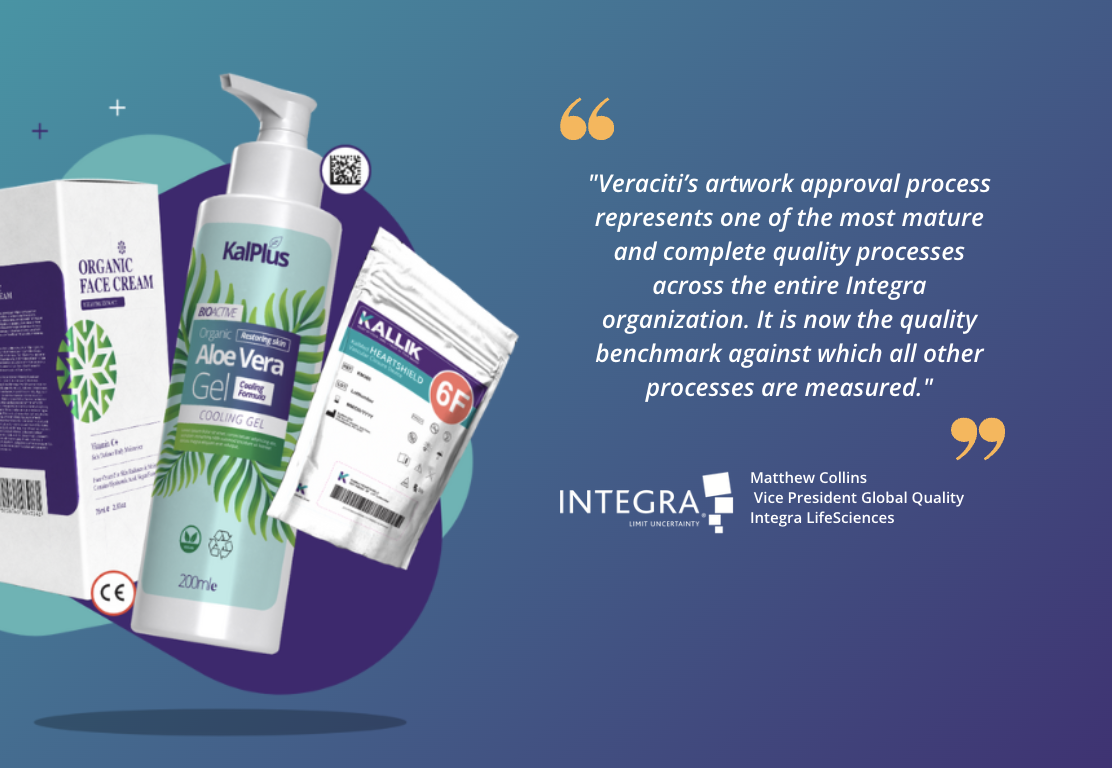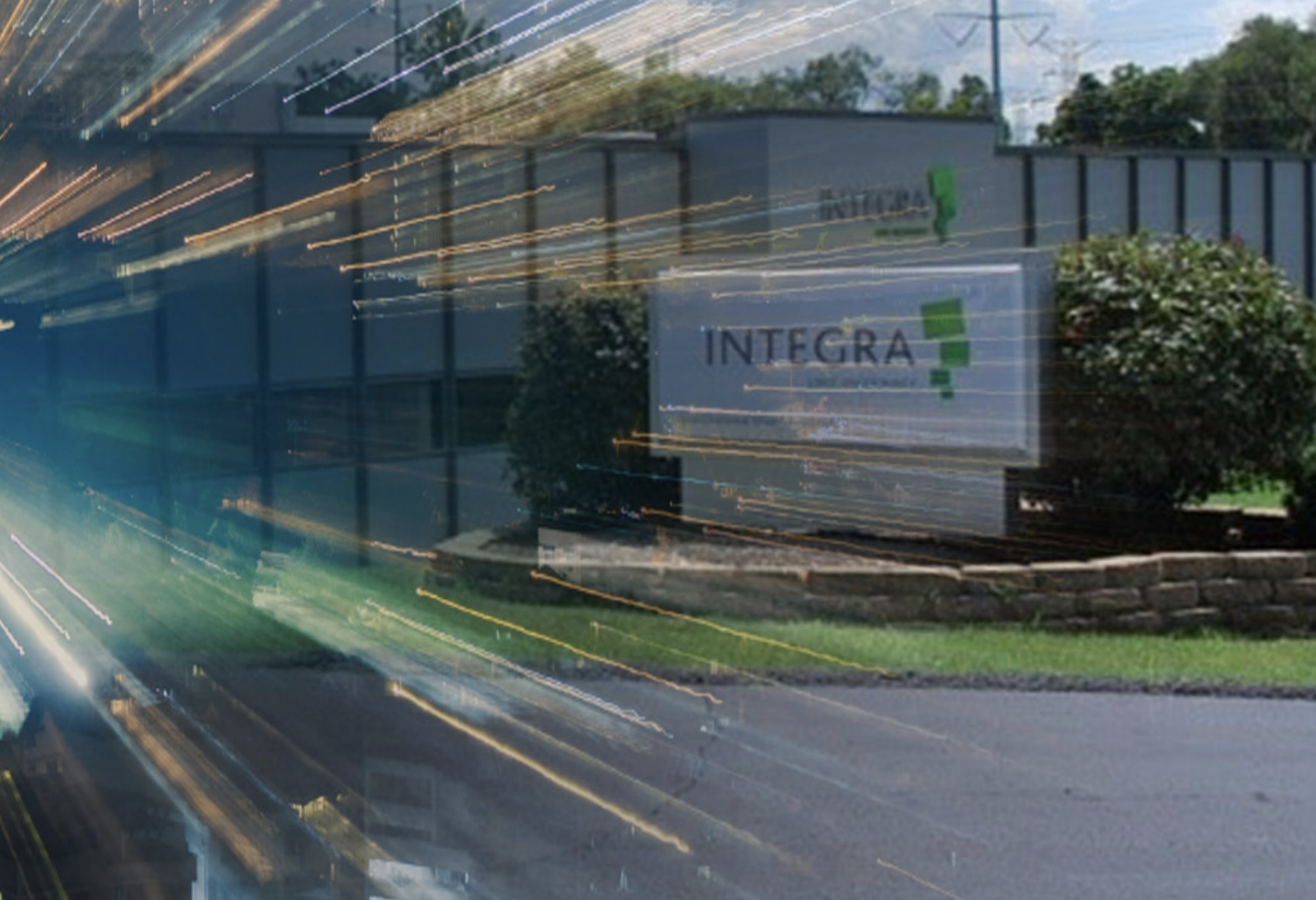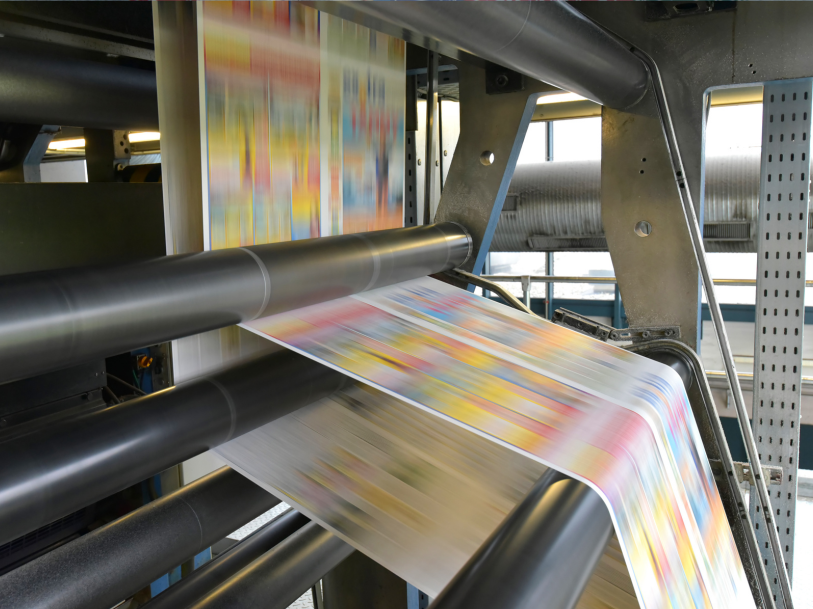The Future of Traceability in Medical Devices: Innovations and Emerging Technologies
Traceability is more than just a buzzword in the medical device industry—it's a vital component of regulatory compliance, operational efficiency, and ultimately, patient safety. At Kallik, we understand the critical role that robust traceability plays in ensuring patient safety, meeting regulatory requirements, and enhancing supply chain transparency. This blog explores the importance of traceability, the role of emerging technologies in enhancing it, and how advanced solutions like Kallik’s Veraciti™ are setting new standards in the industry.
The Crucial Role of Traceability in Medical Devices
Traceability in the medical device sector involves tracking every stage of a product's lifecycle—from development and manufacturing to distribution and usage. This meticulous tracking ensures that each device can be accurately identified and traced back through its supply chain, which is essential for several reasons:
Patient Safety: Traceability helps in promptly identifying and recalling faulty devices, thereby protecting patients from potential harm.
Regulatory Compliance: Regulatory bodies, such as the FDA in the U.S. and the European Medicines Agency (EMA) in Europe, require stringent traceability standards to ensure that all medical devices meet safety and efficacy requirements.
Supply Chain Efficiency: Effective traceability can streamline the supply chain, reducing errors and improving coordination among stakeholders.
The European Union’s Unique Device Identifier (UDI) system, mandated in 2020 for medical devices and 2022 for in vitro diagnostic devices, highlights the growing importance of traceability. Despite delays in the implementation of the EUDAMED database, the push towards comprehensive traceability remains strong, underscoring its significance in the industry.
The Role of Digitalization in Enhancing Traceability
Digitalization is transforming traceability in the medical device industry by breaking down traditional silos and creating a more integrated, transparent supply chain. By digitalizing various stages of the supply chain, manufacturers can achieve significant improvements in efficiency and visibility.
Cultivating Consistency
Life sciences supply chains are highly complex, involving multiple tiers of suppliers and wholesalers. Digitalization helps cultivate consistency across these complex networks. A key element in supply chain optimization is having a single source of content that is consistent throughout the ecosystem. This "single source of truth" can be a statement, symbol, image, or a combination, approved as the definitive version. With digitalization, this master source can be seamlessly integrated into every stage, from product development to customer fulfillment, ensuring everyone is using the latest, accurate content.
Ensuring Interoperability
For global traceability, digitalization ensures that labeling content meets local regulatory requirements and broader regional mandates. This includes accommodating local safety statements, symbols, and translations. A centralized digital system can trace all labels back to the original master source, maintaining integrity and clarity for local readers. This global interoperability is crucial for end-to-end traceability, giving organizations complete visibility of label content across all markets.
Addressing Organizational Challenges
Implementing a harmonized system for positive identification of medical devices is more of an organizational challenge than a technical one. Digitalization can overcome these challenges by establishing clear data governance and ownership. It ensures that the right stakeholders are responsible for decisions about changes and updates to labeling, critical for meeting local market requirements and maintaining compliance.
Enhancing Decision-Making and Collaboration
Digitalization also improves decision-making and collaboration within the supply chain. By integrating systems and data, stakeholders can operate more seamlessly and collaboratively. Regulatory, marketing, and manufacturing teams, as well as third-party partners, can access the same system overseeing the master content, allowing for efficient updates, modifications, and reviews. This enhanced collaboration ensures that everyone is working with the most up-to-date and accurate information.
Strengthening Supply Chain Infrastructure
Visibility across the supply chain is essential for effective traceability. Digitalization ensures that an authoritative master copy of the content for each label is easily identifiable and accessible throughout the process. This prevents the use of outdated symbols or statements and ensures compliance with traceability requirements. It provides real-time visibility of the most recently approved content and details of who approved it and when.
Overcoming Digitalization Challenges
Transitioning to a digitalized labeling management system can be challenging, especially when existing content is in non-editable formats like PDFs, printed documents, or emails. However, digitalization involves making content available at an atomic level, breaking it down into specific elements such as phrases, statements, or symbols. These elements can then be reconstructed and reused to create accurate new labeling, ensuring consistency and compliance.
How Veraciti™ Sets New Standards in Traceability
While many companies are leveraging emerging technologies to improve traceability, Veraciti™ stands out for its comprehensive and innovative approach. Veraciti™ offers a unique set of features that differentiate it from competitors, providing the best possible traceability solutions for the medical device industry.
1. Centralized Content Management
Veraciti’s centralized content management system ensures that all labeling and packaging content is consistent and up-to-date across the entire supply chain. This centralization eliminates silos, ensuring that every stakeholder has access to the latest, approved content, thereby reducing errors and improving compliance.
2. Global Interoperability
Veraciti™ is designed to meet local regulatory requirements while maintaining global interoperability. The platform supports multiple languages and regional mandates, ensuring that labeling content is accurate and compliant worldwide. This global approach ensures that every device can be traced back to a single source of truth, providing complete visibility and traceability.
3. Enhanced Collaboration
Veraciti™ facilitates seamless collaboration among all stakeholders, including regulatory, marketing, and manufacturing teams. By providing a single platform for managing content, Veraciti ensures that all parties can update, review, and approve content efficiently. This collaborative approach extends to third-party partners, ensuring an integrated and transparent supply chain.
4. Real-Time Visibility
Veraciti™ offers real-time visibility into the supply chain, ensuring that all activities are transparent and traceable. This visibility is crucial for maintaining compliance and quickly responding to potential issues. By providing detailed insights into the entire supply chain, Veraciti™ helps companies maintain high standards of traceability.
5. Future-Proof Solutions
Veraciti™ is designed with the future in mind, supporting the ongoing digital transformation of the medical device industry. The platform’s robust architecture and advanced features ensure that it can adapt to evolving regulatory requirements and technological advancements, providing a future-proof solution for traceability.
Leading the Way For Maximum Traceability
In an industry where traceability is paramount, digitalization is reshaping how companies track and manage their products. By breaking down silos and creating a more integrated supply chain, digitalization enhances consistency, interoperability, and collaboration.
Veraciti™ is leading the way in the industry by leveraging these advancements to offer a comprehensive, future-proof solution that sets new standards in the medical device industry. By focusing on centralized content management, global interoperability, enhanced collaboration, and real-time visibility, Veraciti™ ensures that companies can achieve the highest levels of traceability and regulatory compliance.
Speak to one of our labeling and artwork experts to learn more about how Veraciti™ can help your business thrive in a rapidly changing regulatory environment. Get in touch today at enquiries@kallik.com or call +44 (0) 1827 318100.



